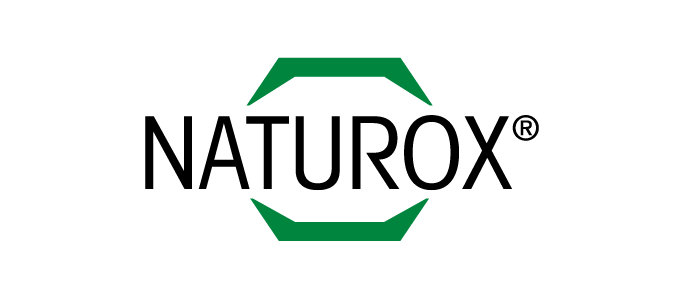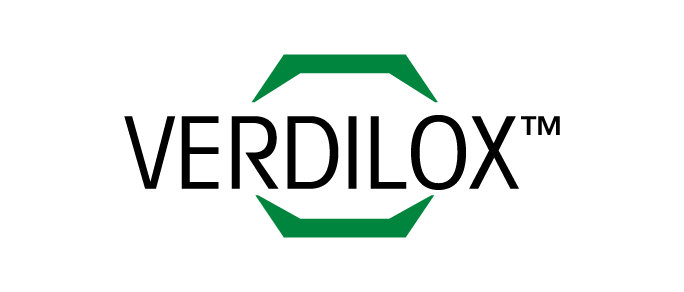The Future of Pet Food and Rendering
It was once very common to find synthetic antioxidants like ethoxyquin in dog food and cat food to help prevent fats and oil from becoming rancid and spoiling. However over the past decade, pet food premiumization, sustainability and freshness have taken center stage in the pet food and rendering industries. As consumers seek label-friendly ingredients and regulatory groups evaluate the status of ingredients like BHA, BHT, TBHQ, ethoxyquin and propyl gallate, pet food manufacturers and renderers are looking to switch from synthetic to natural antioxidants in their stability programs.
To meet this demand, synthetic ingredients and chemical preservatives are increasingly being replaced with natural alternatives to maintain the very best nutrition for pets. This isn’t a trend — it's the new expectation.
Challenges with Natural Antioxidants
Although the transition to natural is becoming more prominent, some pet food manufacturers and renderers cite challenges like unfamiliarity, efficacy concerns, oxidative rancidity, and increased costs. But beyond avoiding regulatory concern, utilizing natural antioxidants allows manufacturers to enter higher-value, premium segments of the pet food market.
Continued Innovation in Natural Antioxidants
Kemin Nutrisurance has collaborated with customers for over 30 years to address their challenges and to effectively utilize natural antioxidants to extend the shelf life of pet food and rendered products. Kemin has pioneered the use of natural antioxidants in pet food and rendering and will continue to lead as innovators and partners to these important industries.
We partner with customers to support education efforts and help develop strategies for a successful transition to natural. Our Customer Laboratory Support (CLS) team provides testing support and validation protocols to ensure the efficacy of natural antioxidants in rendering and pet food formulations.
Our broad portfolio of antioxidants includes both natural and synthetic options. Natural antioxidant options includes blends of mixed tocopherols, chelators, surfactants and also contain botanical extracts like rosemary, spearmint and green tea.




